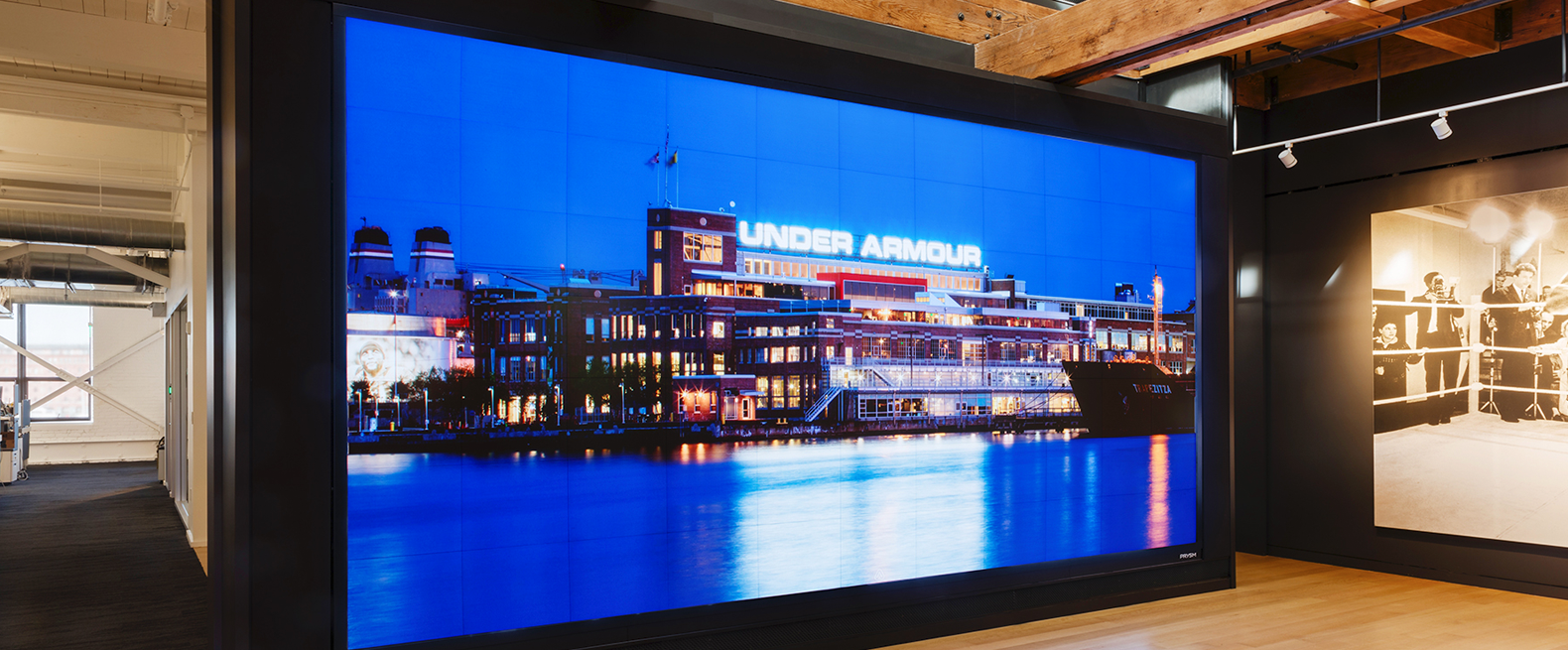Analyzing the Role of Tonal Contrast Ratios on Optical Resolution and Viewer Response
Wiki Article
Contrast proportions are an important concept in visual composition and individual interpretation. They refer to the variation in brightness between the brightest and darkest parts of a visual interface. A higher contrast level means that there is a greater differentiation between bright and dim areas, which can substantially influence how clearly we see images, text, and other graphical components. This is particularly vital when considering how individuals with varied sight abilities perceive information. Understanding contrast ratios enables designers create more effective displays, whether for websites, advertisements, or educational materials.

The significance of brightness ratios can be seen in multiple contexts, such as TVs, computer screens, and smartphones. In these technologies, a elevated contrast ratio enables crisper visuals and clearer text. For example, when viewing a movie or engaging in interactive media, strong contrast can enhance the user engagement by rendering details more visible. This is also true for viewing typography on screens; a strong contrast between the text hue and backdrop color can prevent eye strain and enhance clarity. As users engage with digital media regularly, creators must prioritize optimal contrast ratios to promote ease and legibility.
Various populations may experience visual contrast levels in distinct ways. For people discover this info here with sight impairments, such as color blindness or low vision, adequate visual separation is essential for comprehending content presented visually. Designers must consider these differences when developing materials. Resources like contrast analysis tools can help assess whether the chosen colors provide enough distinction for all viewers. By maintaining proper contrast ratios, professionals not only render their output inclusive but also reflect universal design in their creations.
In addition to accessibility considerations, contrast ratios serve a crucial role in aesthetic appeal and overall user experience. A well-designed interface uses color combinations that not only draw focus but also lead visitors through information effectively. For instance, highlighting important buttons or information with contrasting colors helps users navigate effortlessly. When viewers are able to differentiate between different elements on a screen, they are more likely to engage with the content and complete tasks efficiently.
Finally, as technology continues to evolve, the importance of comprehending visual contrast principles remains critical. Advancements in screen technology offer possibilities for even enhanced image sharpness. However, without thoughtful attention of how contrast influences try this web-site user interpretation, developments may not reach their full potential. Designers and developers must stay informed about standards concerning visual contrast to guarantee that their designs stays effective and intuitive across multiple systems and devices. By prioritizing these principles, they can enhance communication and create a more visually inclusive online environment.